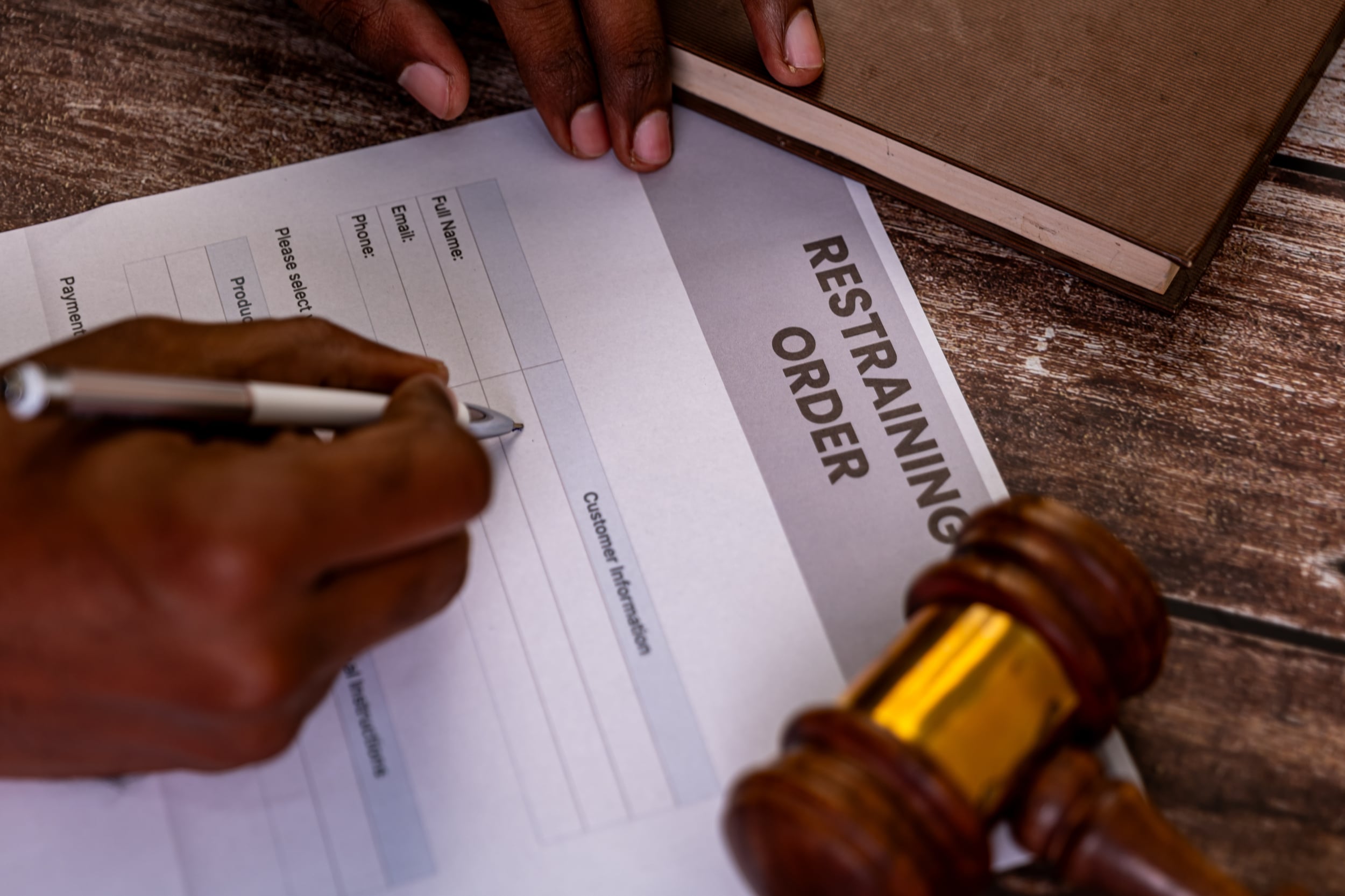
Are You Ready to Take Legal Action?
Imagine this—you’ve suffered financial losses, a business partner has violated a contract, or someone has caused you serious harm. You’ve tried resolving the issue, but nothing seems to work. At this point, filing a lawsuit may be the only way to get justice.
But starting a lawsuit in California isn’t as simple as just walking into a courtroom. The legal system is complex, and one wrong step can weaken your case or delay your compensation.
So, how do you build a strong legal strategy from the start? This guide breaks down the essential steps, helping you understand the legal process, potential challenges, and how to maximize your chances of winning.
1. Understanding When to File a Lawsuit
Filing a lawsuit should be a strategic decision, not an emotional one. Before moving forward, ask yourself:
✔ Is there a legal basis for my claim? (Breach of contract, personal injury, fraud, etc.)
✔ Have I attempted alternative solutions? (Negotiation, mediation, demand letters)
✔ Do I have enough evidence to support my case?
✔ Is the lawsuit worth the time and financial cost?
Example: In a high-profile 2019 case, a California tech company sued a supplier for breach of contract after multiple failed product deliveries. However, the lawsuit was dismissed because the company didn’t provide clear contract terms. A weak legal foundation can ruin your case before it even begins.
2. Key Legal Considerations Before Filing
A. Check the Statute of Limitations
Every case has a deadline for filing. If you wait too long, you may lose the right to sue.
✔ Personal injury: 2 years
✔ Breach of contract (written): 4 years
✔ Fraud: 3 years
Tip: Consult an attorney early to ensure you don’t miss deadlines.
B. Identify the Right Court
Where you file depends on:
✔ The type of case (Small Claims, Civil, or Federal Court)
✔ The amount of money involved (Small Claims for under $10,000)
✔ Where the defendant lives or does business
Example: A business owner in San Francisco sued a supplier in Los Angeles. Filing locally would have been more convenient, but jurisdiction rules required them to file in LA, increasing travel and legal costs.
C. Gather Solid Evidence
✔ Contracts, emails, and written agreements
✔ Medical records (for personal injury cases)
✔ Witness statements
✔ Financial documents
Example: A restaurant successfully sued a vendor after providing text messages and invoices proving late deliveries and financial loss. Strong documentation can make or break your case.
3. Step-by-Step Guide to Starting a Lawsuit in California
Step 1: Consult a Lawyer
While some lawsuits can be handled without a lawyer (like small claims cases), for anything complex, hiring an attorney is critical. A litigation lawyer can:
✔ Evaluate if your case is strong
✔ Help you file the correct paperwork
✔ Represent you in negotiations and court
Step 2: File a Complaint
The complaint is the legal document that officially starts your lawsuit. It must include:
✔ The names of all parties involved
✔ A clear explanation of the dispute
✔ The legal basis for your claim
✔ The damages or relief you seek
Example: A freelancer filed a lawsuit against a client for non-payment of $15,000. Their complaint clearly outlined contract terms, email exchanges, and payment requests, leading to a swift judgment in their favor.
Step 3: Serve the Defendant
Once you file the lawsuit, the defendant must be officially notified (served). This is done through:
✔ A process server
✔ Certified mail
✔ A sheriff’s office (in some cases)
If the defendant isn’t properly served, your case can be dismissed.
Step 4: Wait for the Defendant’s Response
The defendant has a limited time to respond (usually 30 days). They can:
✔ File an answer (agree or deny claims)
✔ File a motion to dismiss (argue the case is invalid)
✔ Ignore it (which could lead to a default judgment in your favor)
Tip: If the defendant offers a settlement, weigh the pros and cons before rejecting it. Court cases can take months or years.
Step 5: Enter the Discovery Phase
Both sides exchange evidence, witness testimonies, and legal arguments. This phase can determine if the case goes to trial or settles out of court.
✔ Depositions (recorded interviews under oath)
✔ Interrogatories (written questions that must be answered)
✔ Document exchange (contracts, emails, financial records)
Example: A California real estate dispute was settled in mediation after the discovery phase proved that the defendant had altered property documents.
Step 6: Negotiate a Settlement or Go to Trial
Most lawsuits never reach trial because both sides settle. However, if no agreement is reached, the case proceeds to:
✔ Pre-trial motions (to dismiss weak claims)
✔ Trial (where both parties present their case)
✔ Judgment (the court’s final decision)
Tip: Trials are costly and unpredictable. If settlement is an option, it’s often the smarter choice.
4. How to Strengthen Your Lawsuit for a Winning Outcome
✔ Hire an Experienced Attorney – They understand California laws and court procedures.
✔ Stay Organized – Keep all case-related documents and timeline of events clear.
✔ Avoid Emotional Reactions – Focus on legal facts, not personal grievances.
✔ Be Open to Mediation – Settling can save time and money.
✔ Follow Court Procedures – Filing mistakes can delay or dismiss your case.
Example: In a high-stakes business lawsuit, a plaintiff lost their case because they missed critical filing deadlines. Attention to detail is key in legal battles.
Key Takeaways: Building a Strong Lawsuit from the Start
✔ Assess your case strength before filing a lawsuit.
✔ Understand California’s legal deadlines and filing procedures.
✔ Gather solid evidence to support your claims.
✔ Follow proper service and response protocols.
✔ Work with an experienced attorney for the best chances of success.
✔ Be strategic—sometimes, a well-negotiated settlement is better than trial.
Taking Legal Action with Confidence
Starting a lawsuit is a serious step that requires careful planning. With the right strategy, strong legal guidance, and proper preparation, you can navigate the legal system effectively and increase your chances of success.
If you’re considering starting a lawsuit in California, don’t take risks—consult an attorney today to ensure your case is legally sound and strategically strong.





